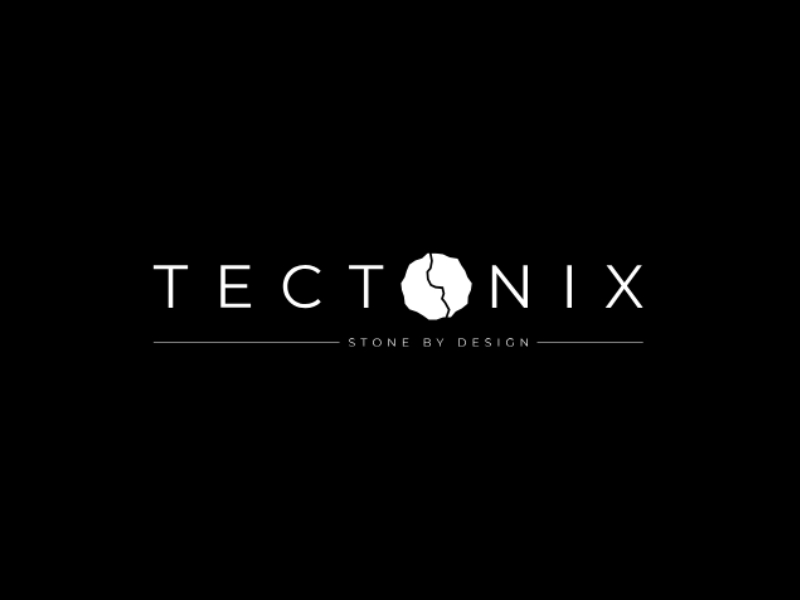Project showcase
Grosvenor Square, Westminster, London – Grosvenor

Where is the project located
Grosvenor Square, Mayfair, London, W1K 6LD
Who is the developer/client of the project?
Grosvenor
Describe the context of the community engagement. Why did the engagement take place?
We undertook extensive pre-application engagement on the proposals for the redesign and reimagination of Grosvenor Square. As well as wider community engagement, we also led a comprehensive process with Westminster City Council and other statutory stakeholders.
Grosvenor Square is the largest of the Mayfair Garden squares that extends to c. 1.795ha. Originally laid out as part of a Georgian garden square in c.1725, it has changed over time and has a significant layer of post-war history. It sits within the Mayfair Conservation Area and contains several listed monuments, including the Roosevelt Memorial and the Eagle Squadron Memorial, as well as the non-listed 9/11 Memorial.
We worked together with the varied Mayfair communities and - in line with ambitions for the re-design - people across London, to rethink the role of Grosvenor Square as an extraordinary, exemplar urban garden with ground-breaking environmental credentials.
Designed and governed collaboratively with its neighbours and other London communities, we aim to show how green spaces in cities can work harder for nature and the wellbeing of those who rely on them.
Alongside the ambitions of this specific project, in 2020 Grosvenor launched a Community Charter called ‘Positive Space’, available at bit.ly/3uksxEC. This aims to set a new standard for public engagement across our business and ensure communities have a meaningful voice in the future of their neighbourhoods. It was our intention to ensure that this project meets all of them to the highest standards and that people of all ages and backgrounds have a say.
Tell us what you did, and how you did it. What was your approach in talking to the community
The initial phase sought to understand the community priorities for Grosvenor Square. These then formed criteria which the design proposals could be testedagainst and held accountable to (see attached).
To ensure the engagement was inclusive, local input was sought on intended activities by testing the engagement plan and stakeholder map with communities. This enabled a range of activities to be devised to engage locals as well as those from across London.
The programme & participatory activities included:
• 1:1s with key stakeholders using a conversation framework to identify key priorities at an early stage
• Outdoor exhibitions and design pilots in Grosvenor Square to test the proposals in context
• Discovery packs for local children to explore the environment and collect ideas for what they would change
• Established a Mayfair Youth Forum to give young adults strategic influence over the proposals, including a ‘manifesto’ for what young people want to see
• Walks and talks hosted by our Design Team experts provided an opportunity for more in-depth conversations on specialist topics
• Play workshops explored models, den building and platform building with local children and created an opportunity to engage in conversations about natural play in the proposals
• Digital surveys to share and collect feedback in an accessible and engaging way
• Dedicated project website and social media to share the proposals digitally and encourage others to participate
• Visualisation technology such as a fly-through video, slider visuals &360 views
Activities were adapted in-line with CV-19 guidelines
How were the results of the community engagement incorporated into decision making? Have you continued the conversation? Will the community stay involved?
We engaged 6,700+ people and gathered more than 3,300 responses, with 88% of people supportive of the detailed designs in July 2021.
The engagement programme gave the team an in-depth understanding of local priorities ahead of designing detailed proposals. Throughout the consultation we sought to respond to feedback making several changes as a result:
• Removing the Hidden Water Garden
• Introducing additional water features
• Relocating waterfall canopies
• Scaling back the structures, consolidating four buildings to two
• Increasing the size of the Open Garden
• Retaining and improving existing fountains
• Increasing the number / variety of seating
• Revising the railing style to one that is more traditional
• Ensuring any play equipment uses natural materials
We remain committed to meaningful community involvement in the long-term through the ongoing governance of the Square.
Dialogue has been maintained throughout the application process and continues during design development and delivery through established channels and Community Steering Group (a new initiative called for by locals).
We’ll continue to engage with local young people, evidenced by our partnership with the London Wildlife Trust with whom we are running a pilot educational events programme. We’re working together with local schools and families to test the education offering we could provide in GS in future. To date over 80 people have attended 2 events, 6 more are planned.
We look forward to continuing the conversation to deliver a Square that works harder for nature and the wellbeing of those that use it.
Please provide any evidence or data that highlight your environmental or social impacts and your sustainability approach.
Environmental:Grosvenor Square currently provides a limited habitat diversity. It is predominately grassland, dominated by perennial rye grass with 68 existing trees on site. Grosvenor Square will be an exemplar for sustainability and climate action delivering significant environmental benefits to the local area such as:
• Biodiversity Net Gain of 15.5%
• 2 acres of newly planted, habitat rich green space
• 5 x more plant species
• 35% increase in trees from 68 to 92
• 20% increase in tree species
• Improved carbon sequestration through more planting & revitalised soils
• Improved air quality in the West End
• Increased shade coverage, reducing Urban Heat Island affects
• Enhanced water management and sustainable drainage
We are monitoring these numerous measures in an innovative Environmental Net Gain framework which we are developing with Natural England.
Social:
We believe that by making Grosvenor Square an extraordinary urban garden we can positively impact the wellbeing of local people. To see if this is true, we’ve been working with wellbeing specialists Simetrica-Jacobs, and the London School of Economics, to develop a framework that measures wellbeing in places we make and manage.
In 2021, we surveyed to baseline measures of wellbeing for residents, workers and visitors in Mayfair today. These results are benchmarked to comparable locations using national data, enabling us to set targets for improvements to these
important measures of wellbeing. The research will be repeated 3-6 years after the completion of Grosvenor Square to evidence whether the redesign has improved wellbeing.
Festival of Pineapples
24-26 February 2026
Pineapples prize giving night
April
Pineapples at Festival of Place
10 June 2026
© The Pineapples - Tweak Ltd. 124 City Road, London, EC1V 2NX. Tel: 020 3326 7238



